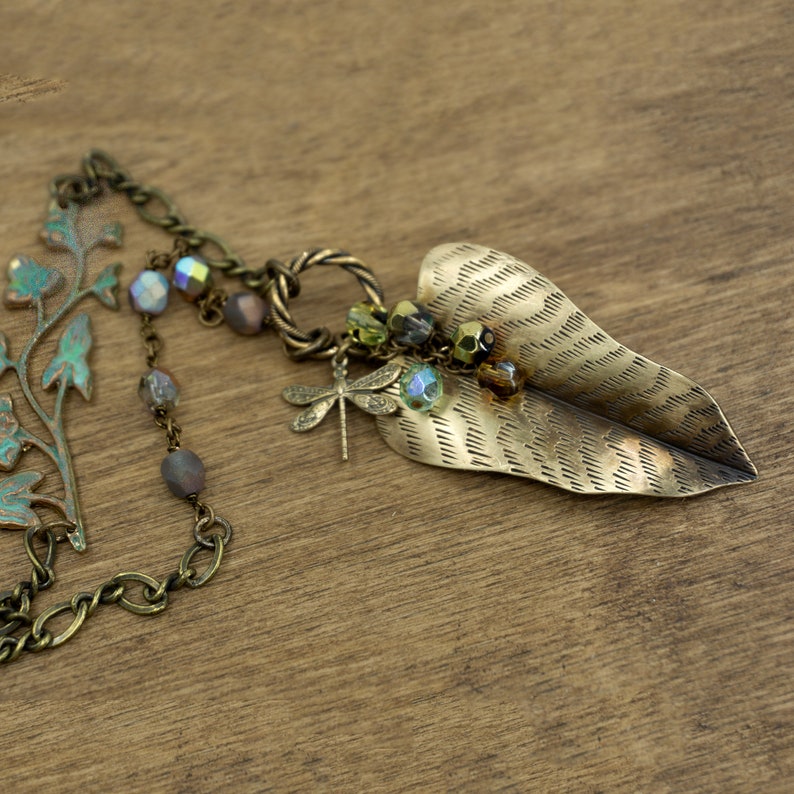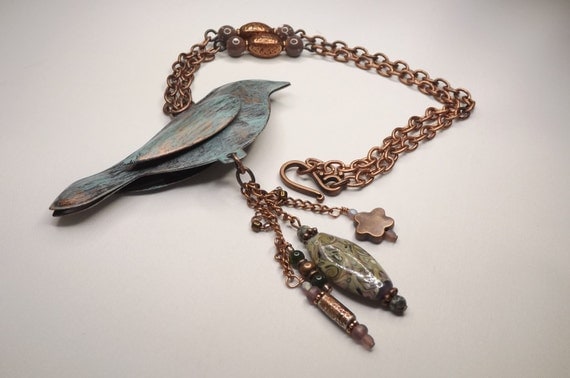


Also a thin layer formed by corrosion on the surface of some metals such as copper and bronze. : a pleasant surface sheen on an object or metal, which forms from age or frequent handling. Many people prefer this unique look, and avoid polishing their platinum.Ī change in color of a metal surface through exposure to air over a period of time, especially seen with silver, copper and bronze. : A satin sheen that develops on the surface of platinum, produced by daily wear and tiny scratches. Quartz Movement: The internal mechanism of a watch made from quartz. Usually the highest quality metal in jewelry.

Usually refers to the look of the finish after age. Is a discoloration that forms on metal from exposure to the atmosphere. Pave A setting style which involves setting many small diamonds very close tog ether which gives the impression of a ring paved in diamonds. This unique look is preferred by many who wear platinum. The gentle sheen which develops on the surface of platinum jewelry through continued wear. These recipes are fantastic and delving into s opens up a fascinating world of colors especially to copper items. Look up recipes, there are dozens of recipes that can give a wide array of colors to finished pieces. PRECIOUS STONE Precious stone is a term often used to de scribe diamonds, emeralds, rubies, sapphires and pearls. forms over long periods of time th rough weathering and wear. Is a tarnish that forms on the surface of some metals. Above you can see the stages going from bare copper to finished surface embellishment.Ī sheen layer that develops on the surface of platinum, caused by daily wear, which can either be polished away or left for effect. Now we're going to use a simple resist with ammonia and a Sharpie pen on the copper or brass earring blanks we made in Part 1 of this tutorial.

Resist with Ammonia and Sharpie Pen (Tutorial)īy Rena Klingenberg.
#Jewelry patina definition plus
Soldering 101 explains the difference between soft solder and hard solder, plus shows you various soldering jewelry projects, and links to soldering supplies.
#Jewelry patina definition how to
Brass, copper and bronze often acquire a green, silver turns gray or black and gold acquires a reddish hue.ġ01 (PDF) explains how to use liver of sulfur potash, XL Gel, Win-Oxâ"¢, & Novacan Black to oxidize (te) jewelry. The surface coloration of metal due to natural oxidation, age, wear, or the application of chemicals and/or acids. On this page you will find a whole range of resources with advice and tips on creating texture and on metals for jewellery making as well as finishing and polishing your jewellery designs.Ģ Jewelry acronyms and abbreviations related to : I was given my great grandmothers wide 18 karat gold hand engraved wedding band.It is from the 1800s and had a beautiful so much so that you couldn't see a scratch on it.I had to have it cut off and when I went to pick it up at the jewelry store I hardly recognized my band. Enamored by the beautiful pieces other artists create, I set out to find some answers. I've been playing with altering the color of copper for a couple of years. Removal Tip: Don't like the / color you get? Use some steel wool or sandpaper to sand it off, or use a "spider" (better known as a 3M Radial Bristle Disc) in your flex shaft, or just throw it in warm pickle for 10 minutes-then try again. The natural patina is a carbonate of copper that forms to protect the metal from further oxidation. You can create patinas on metal jewelry with chemical solutions and corrosive materials like ammonia or vinegar.Ī thin, greenish film or discoloration that forms, after long exposure to the atmosphere, on bronze and copper, sometimes on jewelry of such metals, adding a prized artistic effect. Refers specifically to oxidation or corrosion on metal surfaces like copper, but also generally to a sheen on any surface that makes it look old and used (the " antique" look). This is the thin layer of tarnish that forms over metals, particularly copper and bronze, giving it a vintage-like sheen.


 0 kommentar(er)
0 kommentar(er)
